Home>Home Appliances>Kitchen Appliances>How To Dry Bay Leaves In A Dehydrator
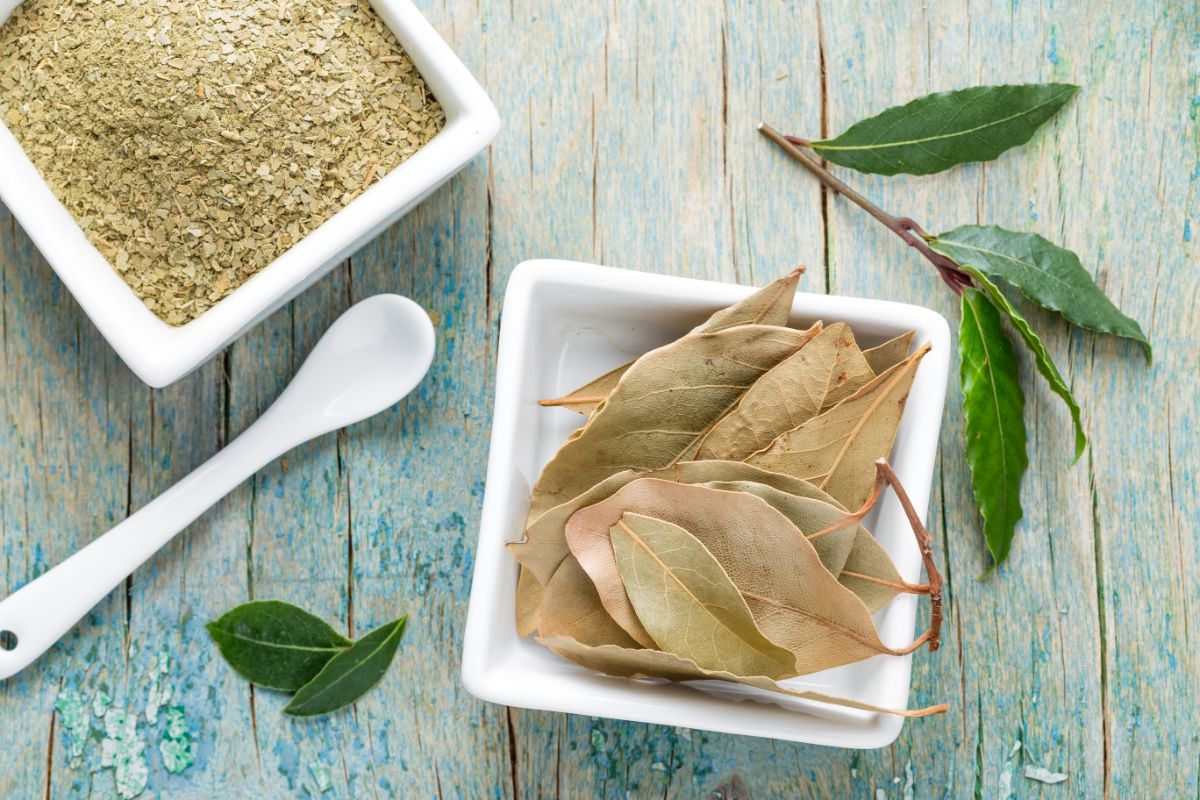

Kitchen Appliances
How To Dry Bay Leaves In A Dehydrator
Published: January 6, 2024
Learn how to dry bay leaves in a dehydrator to preserve their flavor and aroma. Discover the best method using kitchen appliances for perfect results.
(Many of the links in this article redirect to a specific reviewed product. Your purchase of these products through affiliate links helps to generate commission for Storables.com, at no extra cost. Learn more)
Introduction
Welcome to the aromatic world of bay leaves! These versatile leaves are not only a staple in many culinary traditions but also possess a rich history dating back to ancient times. If you're an avid cook or simply someone who appreciates the delightful flavors they impart, learning how to dry bay leaves in a dehydrator can be a game-changer for your kitchen endeavors.
In this comprehensive guide, we'll delve into the art of preserving bay leaves using a dehydrator, ensuring that you have a readily available supply of this essential ingredient for your favorite recipes. Whether you're a seasoned chef or a passionate home cook, mastering the technique of drying bay leaves will elevate your culinary creations to new heights.
So, let's embark on this aromatic journey together and uncover the secrets of preserving bay leaves in their dried form. From selecting the finest bay leaves to harnessing the power of a dehydrator, we'll explore every step of the process, empowering you to infuse your dishes with the distinctive essence of bay leaves all year round.
Key Takeaways:
- Preserve the essence of bay leaves by drying them in a dehydrator. Choose vibrant, fresh leaves, bruise them for extra flavor, and store them in airtight containers for up to a year.
- Master the art of drying bay leaves to elevate your culinary creations. Use a dehydrator to retain their flavor and aroma, and store them in a cool, dark place for long-lasting potency.
Read more: How To Dry Basil Leaves In A Dehydrator
Choosing and Preparing Bay Leaves
Before embarking on the drying process, it’s crucial to select high-quality bay leaves and prepare them for the dehydrator. When choosing bay leaves, opt for those that are vibrant green in color and free from any signs of discoloration or wilting. Freshness is key, so aim to procure bay leaves that exude a robust aroma, indicating their optimal flavor profile.
Once you’ve acquired your premium bay leaves, it’s time to prepare them for the drying journey. Start by gently rinsing the leaves under cold water to remove any dirt or impurities. Next, carefully pat them dry with paper towels to ensure they are clean and ready for the dehydrator. It’s important to handle the leaves with care during this process to preserve their delicate structure and essential oils.
For an added layer of flavor, consider lightly bruising the bay leaves before placing them in the dehydrator. This simple step can release additional aromatic oils, intensifying the fragrance and taste of the dried leaves. To achieve this, gently crush the leaves between your fingers or use a mortar and pestle to coax out their natural essence.
By meticulously choosing and preparing your bay leaves, you set the stage for a successful drying process, ensuring that the resulting dried leaves will be imbued with the full spectrum of their captivating flavor and fragrance.
Using a Dehydrator to Dry Bay Leaves
Once you’ve carefully selected and prepared your bay leaves, it’s time to harness the power of a dehydrator to preserve their essence in dried form. Dehydrators offer an efficient and controlled environment for drying herbs, including bay leaves, allowing you to retain their flavor, aroma, and vibrant green color.
Begin by arranging the prepared bay leaves in a single layer on the dehydrator trays, ensuring that there is ample space between the leaves for proper air circulation. This setup facilitates even drying and prevents the leaves from overlapping, which could hinder the process. It’s essential to position the bay leaves in a manner that maximizes their exposure to the gentle, consistent heat of the dehydrator.
Set the dehydrator to a low temperature, typically around 95°F to 105°F (35°C to 40°C), to gently dry the bay leaves without compromising their essential oils and flavor compounds. The low heat effectively removes moisture from the leaves while preserving their aromatic qualities, resulting in dried bay leaves that boast an intense flavor and captivating fragrance.
Allow the bay leaves to undergo the drying process for approximately 1 to 2 hours, periodically checking for dryness and crispness. The exact duration may vary based on the dehydrator model, humidity levels, and the thickness of the leaves. When the bay leaves are thoroughly dried, they should crumble easily between your fingers, signifying that they are ready for the next phase of the preservation process.
By utilizing a dehydrator to dry bay leaves, you can exercise precise control over the drying conditions, ensuring that the resulting dried leaves maintain their optimal flavor, color, and aroma, ready to impart their enchanting essence to your culinary creations.
After washing and patting dry, place bay leaves in a single layer on dehydrator trays. Set the temperature to 95°F and dry for 1-2 hours until crispy. Store in an airtight container.
Storing Dried Bay Leaves
After successfully drying your bay leaves to perfection, it’s crucial to store them properly to maintain their exceptional quality and flavor over an extended period. By employing the right storage methods, you can ensure that your dried bay leaves remain a prized ingredient in your culinary arsenal, ready to elevate a myriad of dishes with their distinctive essence.
Opt for airtight containers, such as glass jars or resealable plastic bags, to safeguard the dried bay leaves from exposure to air and moisture. These containers provide an effective barrier against environmental elements, preserving the flavor and aroma of the bay leaves while shielding them from potential degradation.
When transferring the dried bay leaves to the chosen containers, aim to minimize excess airspace to prevent unnecessary exposure to oxygen. This can be achieved by selecting appropriately sized containers that accommodate the quantity of bay leaves without leaving excessive room for air circulation. Additionally, consider placing a small, food-grade desiccant packet in the container to absorb any residual moisture and maintain the optimal condition of the dried leaves.
To further safeguard the flavor potency of the dried bay leaves, store the containers in a cool, dark, and dry location. Shielding the leaves from direct sunlight and fluctuating temperatures is essential for preserving their aromatic oils and flavor compounds. A pantry or cupboard away from heat sources is an ideal storage space for maintaining the exceptional quality of your dried bay leaves.
Regularly inspect the stored bay leaves for any signs of moisture or decline in quality. If properly stored, dried bay leaves can retain their potency for up to one year, ensuring that you always have a readily accessible supply of this indispensable ingredient for your culinary endeavors.
By implementing these meticulous storage practices, you can savor the captivating essence of dried bay leaves in your culinary creations, infusing your dishes with a touch of timeless flavor and aromatic allure.
Conclusion
Congratulations on mastering the art of drying bay leaves in a dehydrator! By embarking on this aromatic journey, you’ve unlocked the key to preserving the captivating essence of bay leaves, ensuring that this indispensable ingredient remains readily available to enrich your culinary creations throughout the year.
From carefully selecting and preparing the finest bay leaves to harnessing the gentle power of a dehydrator, you’ve embraced the art of preserving these aromatic leaves with precision and care. By following the meticulous steps outlined in this guide, you’ve empowered yourself to infuse your dishes with the timeless flavor and fragrance of bay leaves, elevating your culinary endeavors to new heights.
As you embark on this flavorful odyssey, remember that the dried bay leaves you’ve meticulously preserved are more than a mere seasoning – they are a testament to the rich history and enduring allure of this cherished herb. Whether you’re crafting a hearty stew, simmering a savory sauce, or preparing a fragrant broth, the addition of dried bay leaves will impart a touch of timeless elegance to your culinary masterpieces.
With the knowledge and expertise gained from this guide, you are now equipped to savor the enchanting essence of bay leaves in your favorite recipes, adding depth and complexity to your dishes with each aromatic infusion. Embrace the art of bay leaf preservation as a testament to your culinary prowess and an homage to the timeless traditions that continue to inspire and captivate gastronomes around the world.
So, go forth and delight in the flavorful symphony of dried bay leaves, allowing their timeless allure to weave its magic into your culinary creations, one aromatic dish at a time.
Frequently Asked Questions about How To Dry Bay Leaves In A Dehydrator
Was this page helpful?
At Storables.com, we guarantee accurate and reliable information. Our content, validated by Expert Board Contributors, is crafted following stringent Editorial Policies. We're committed to providing you with well-researched, expert-backed insights for all your informational needs.
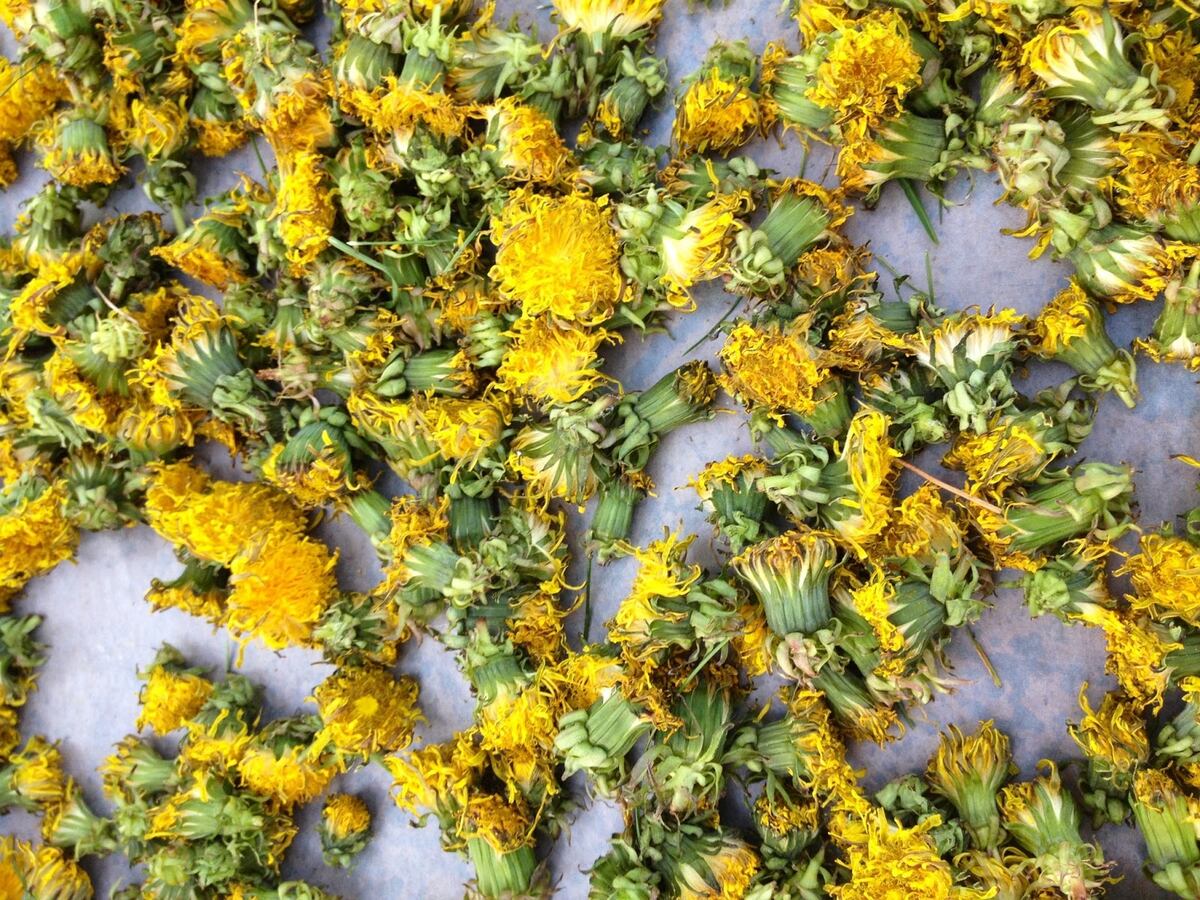
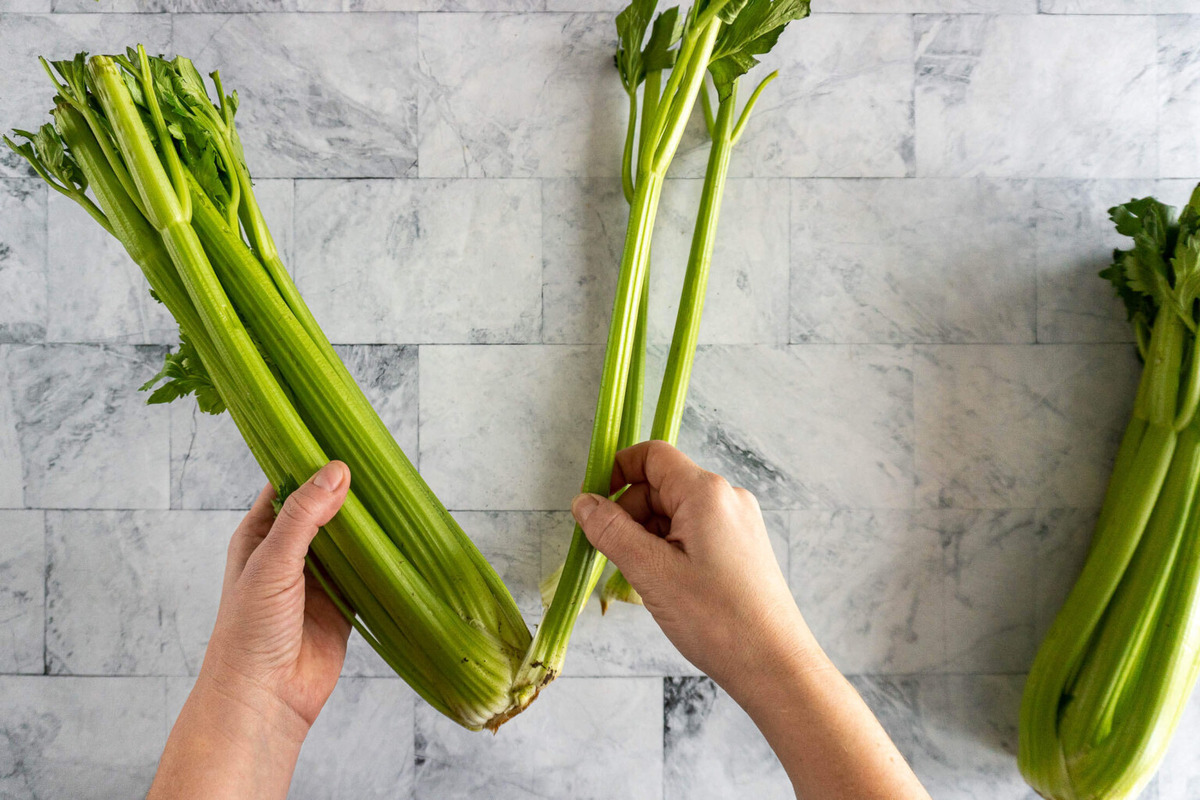
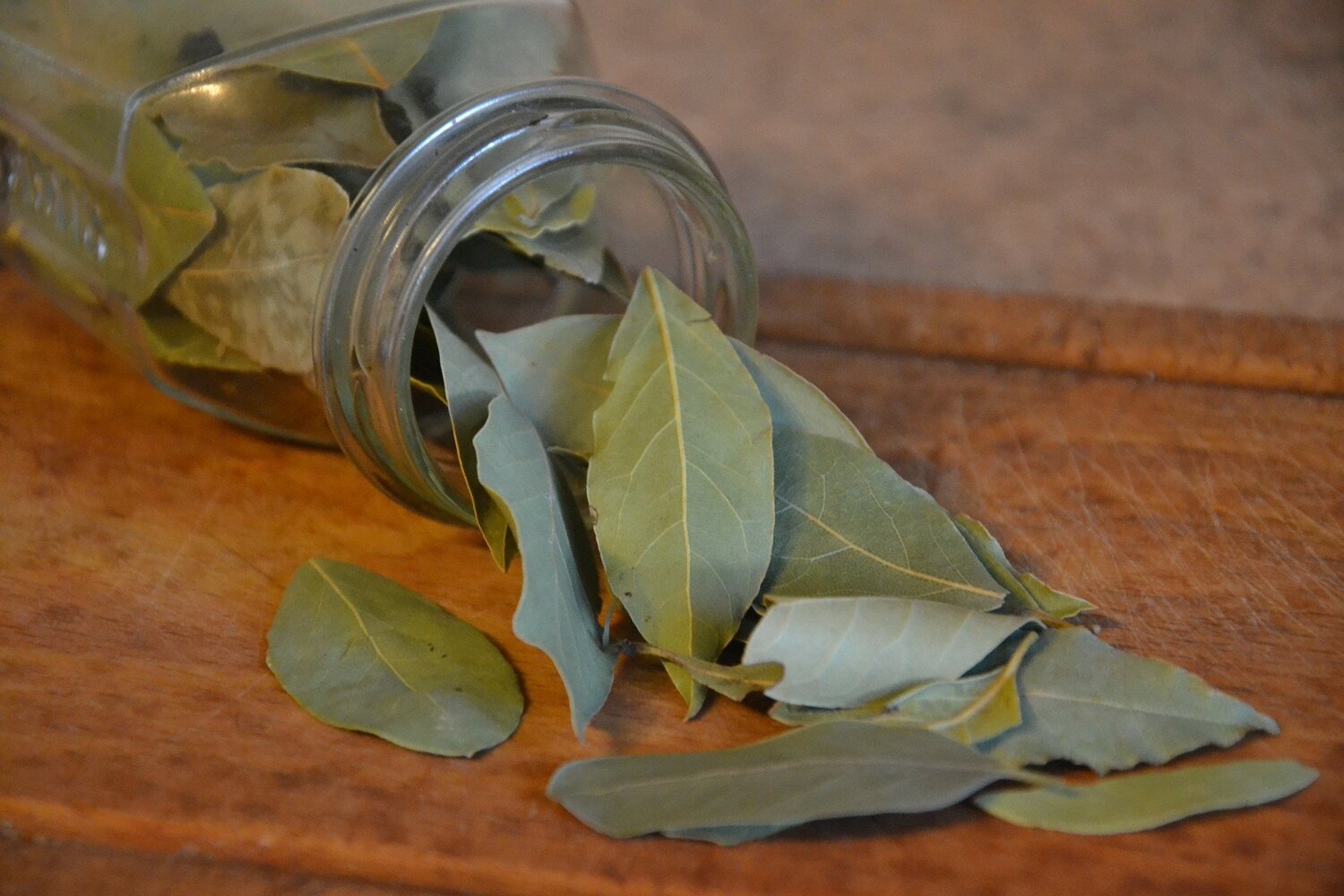
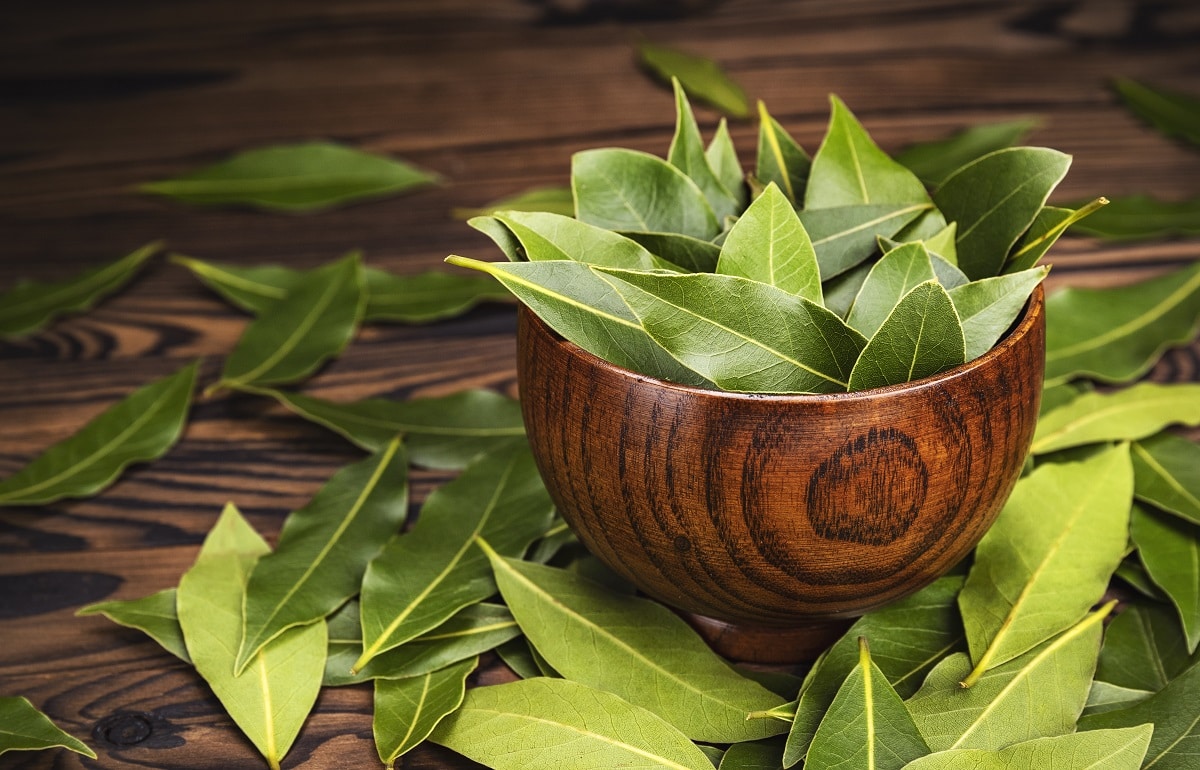

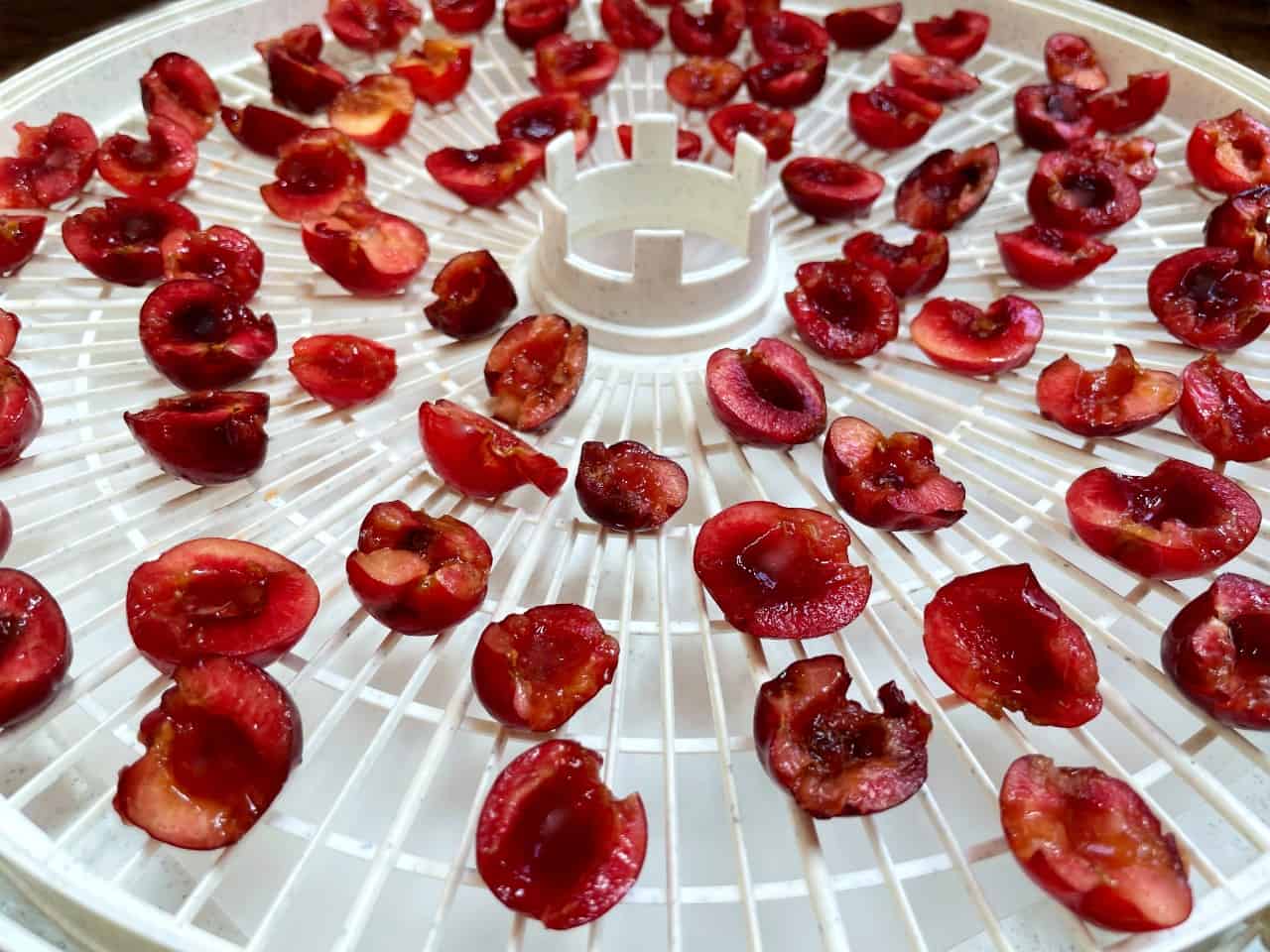
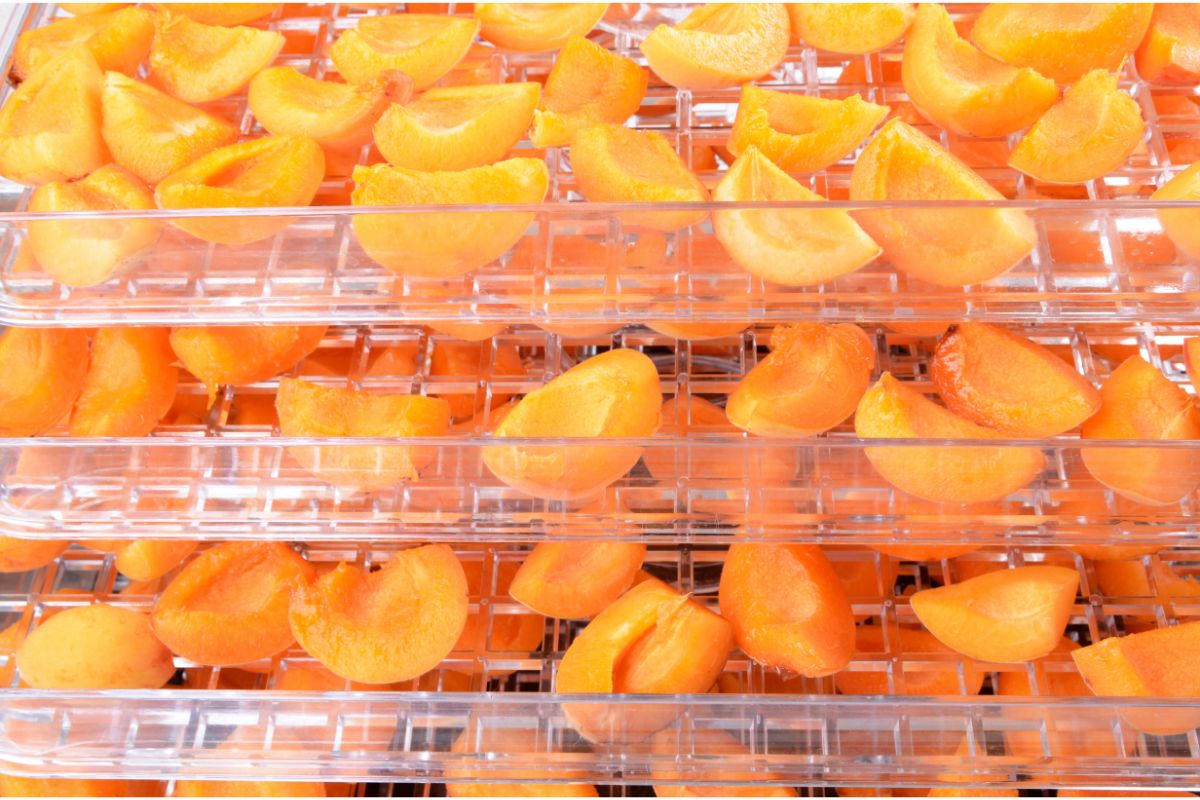
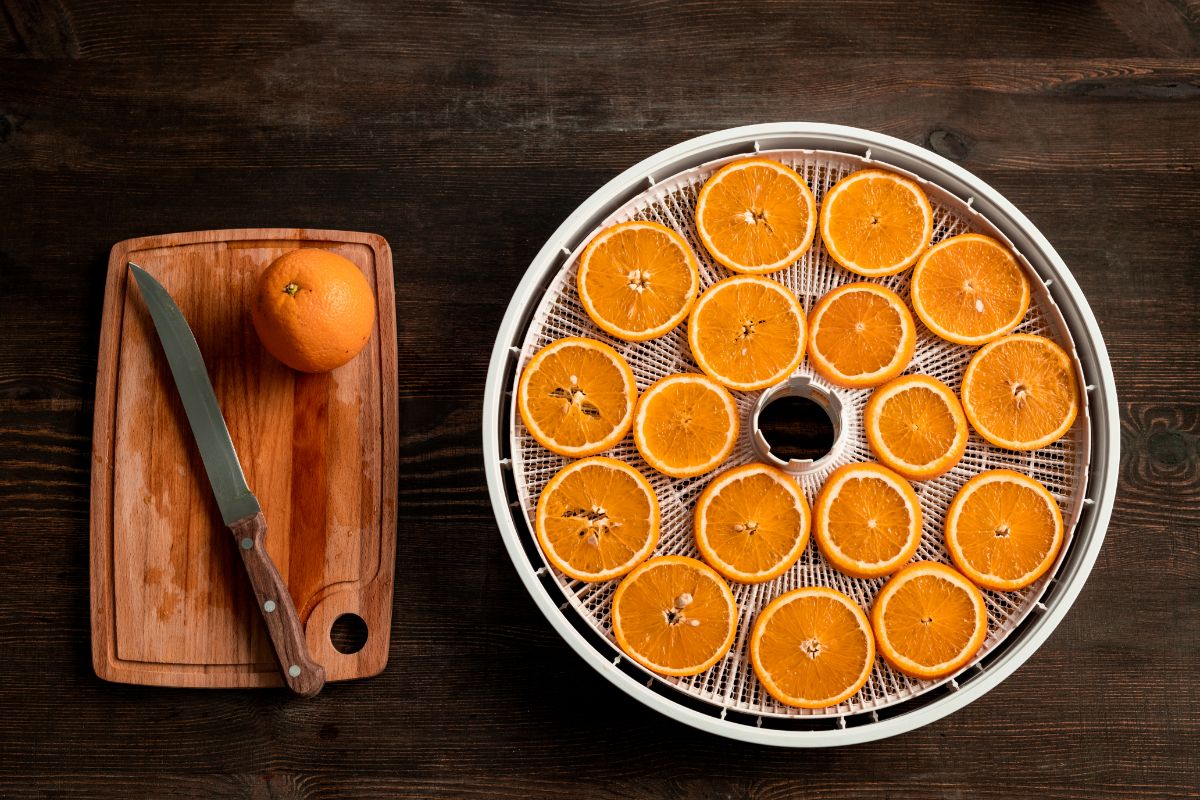
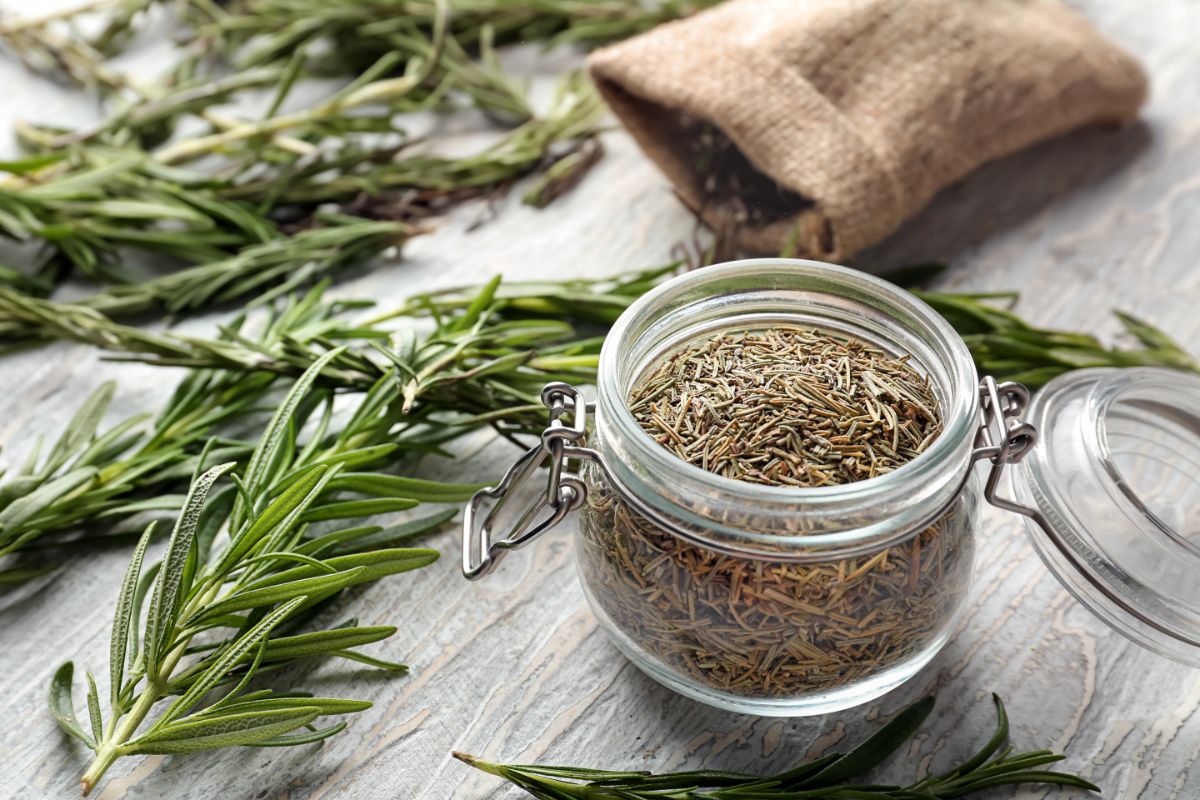
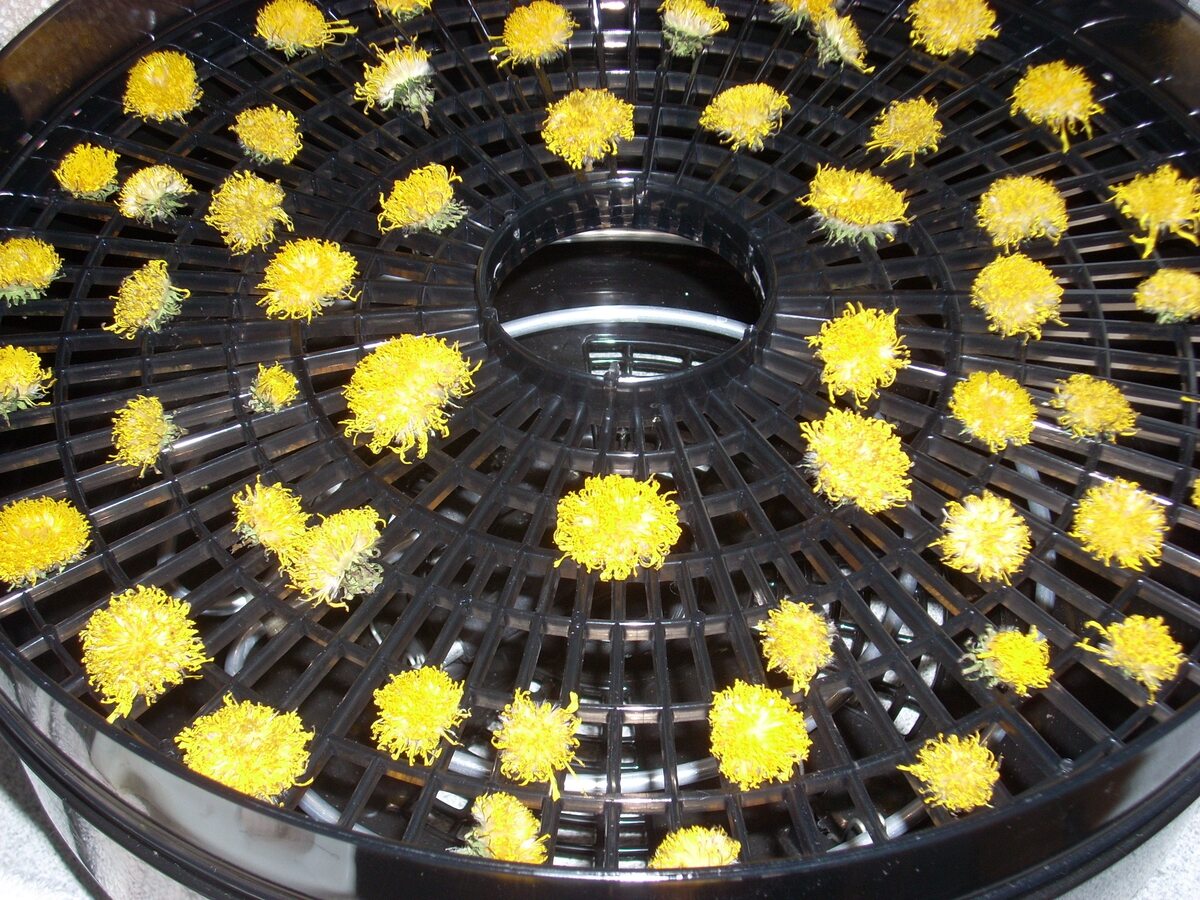
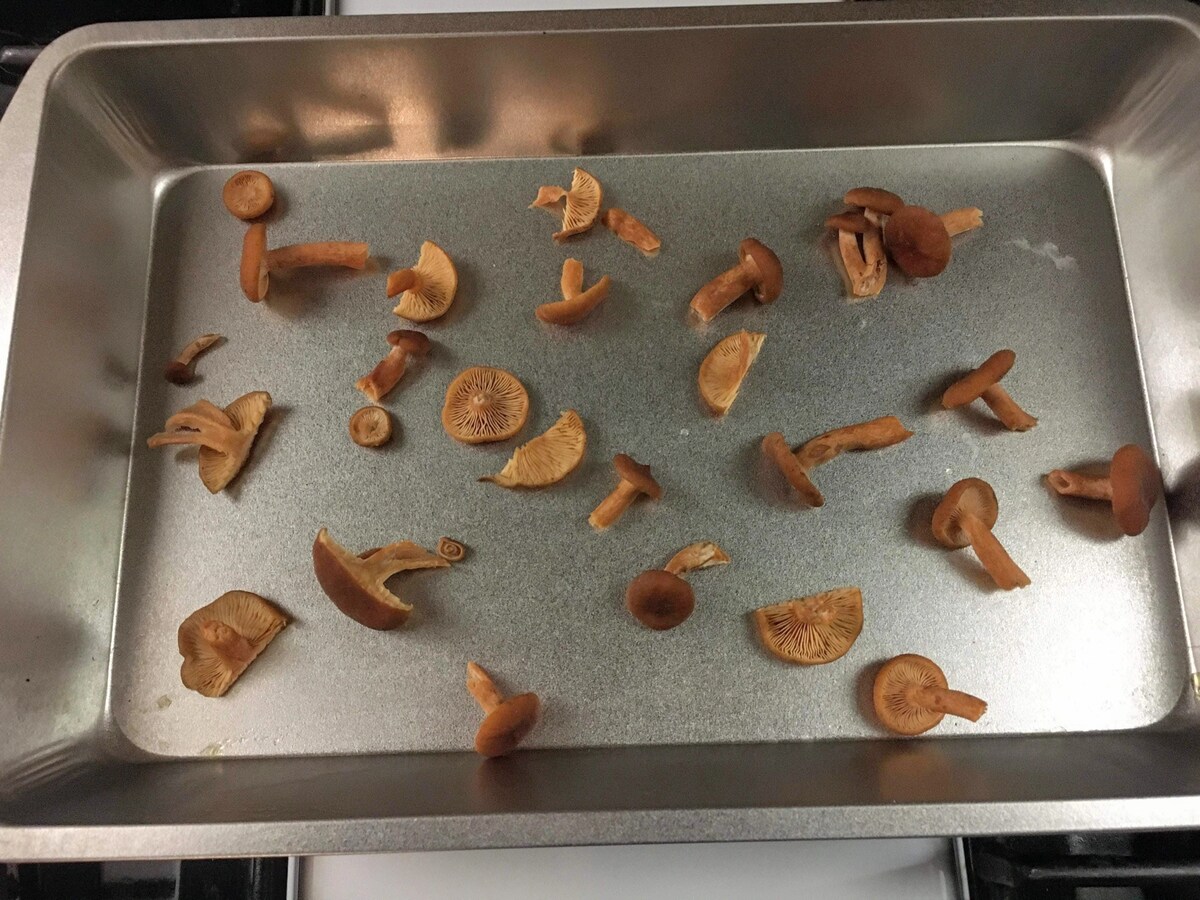
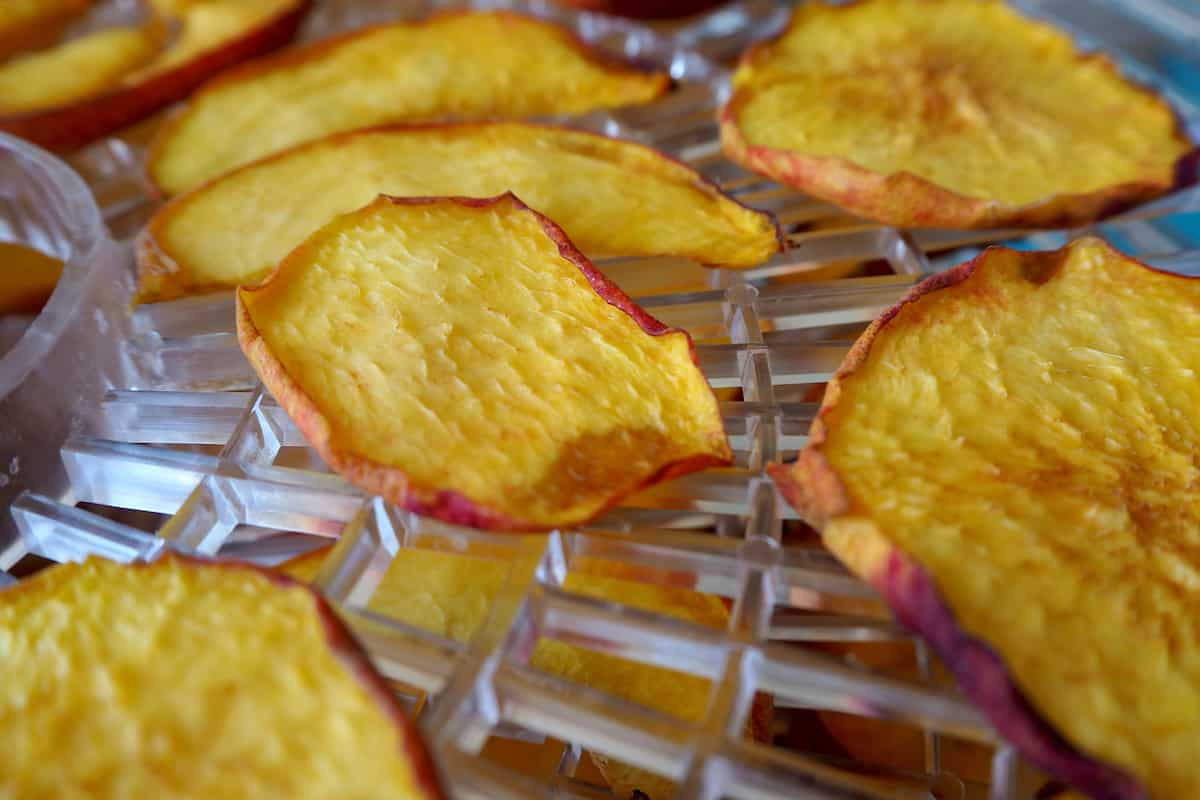
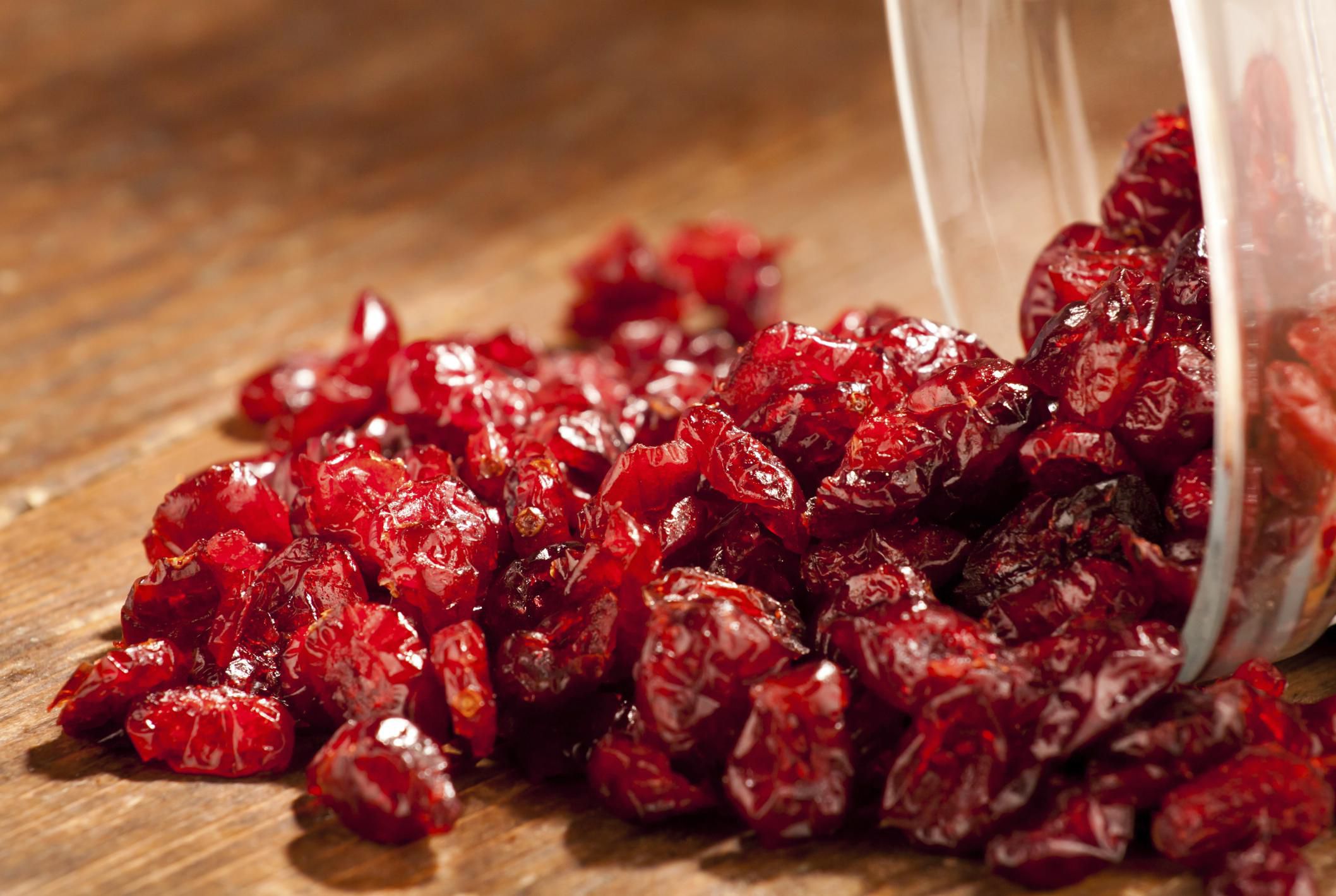
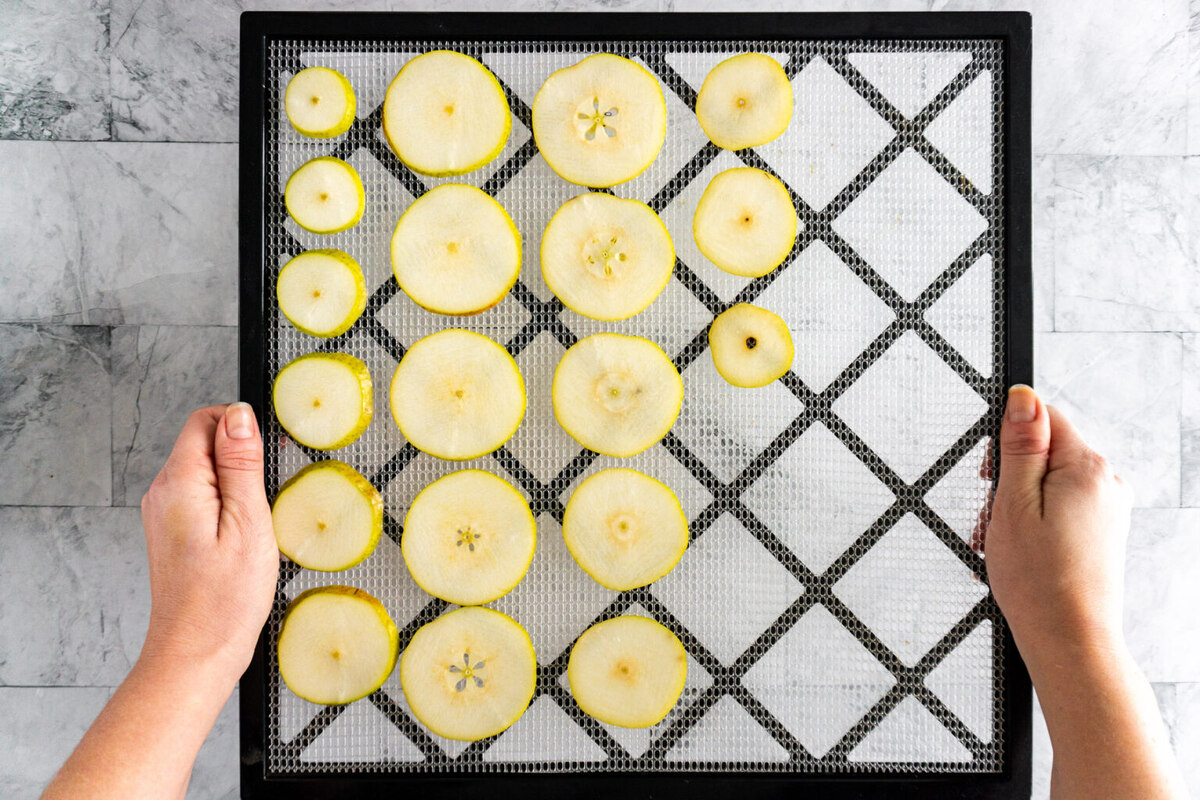
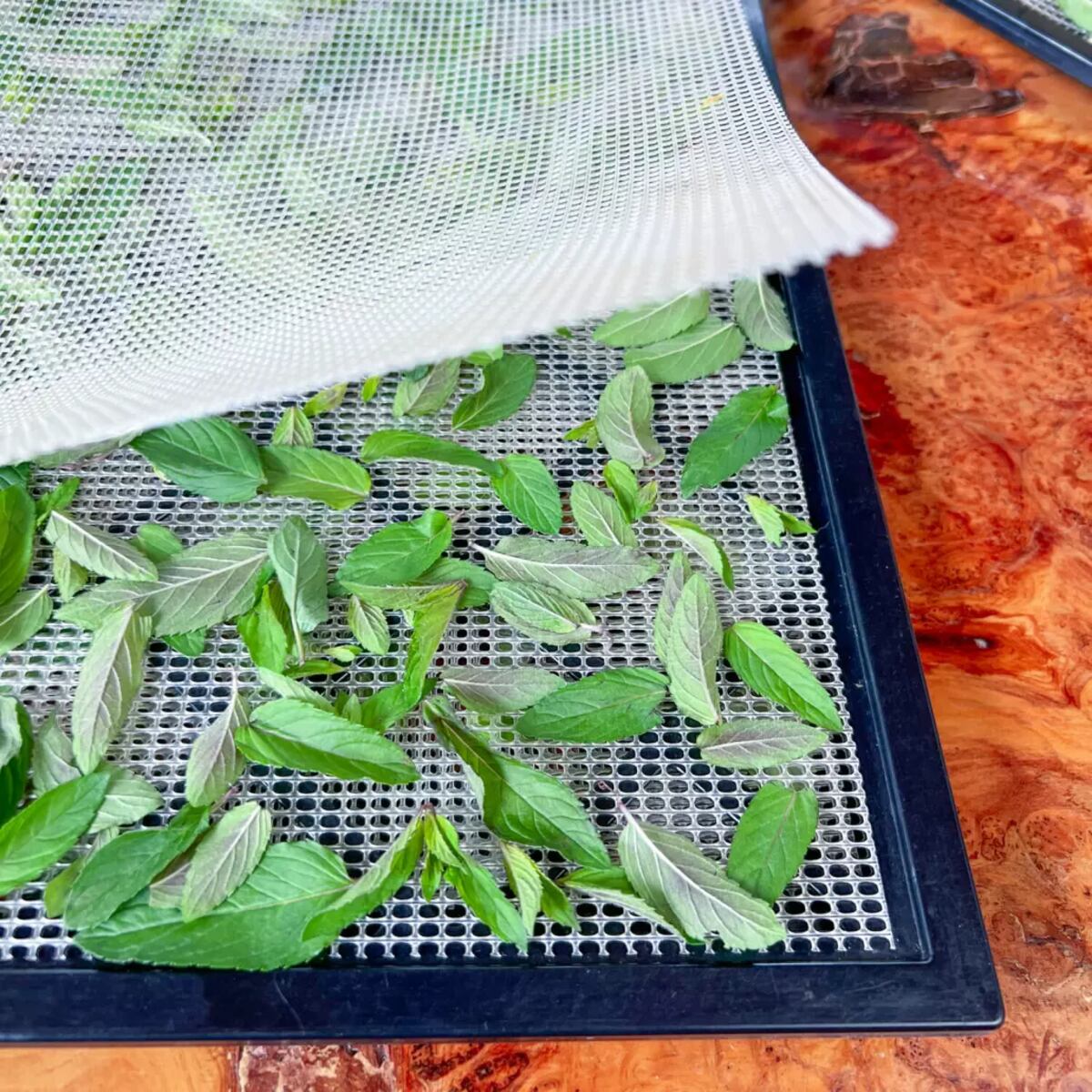

0 thoughts on “How To Dry Bay Leaves In A Dehydrator”